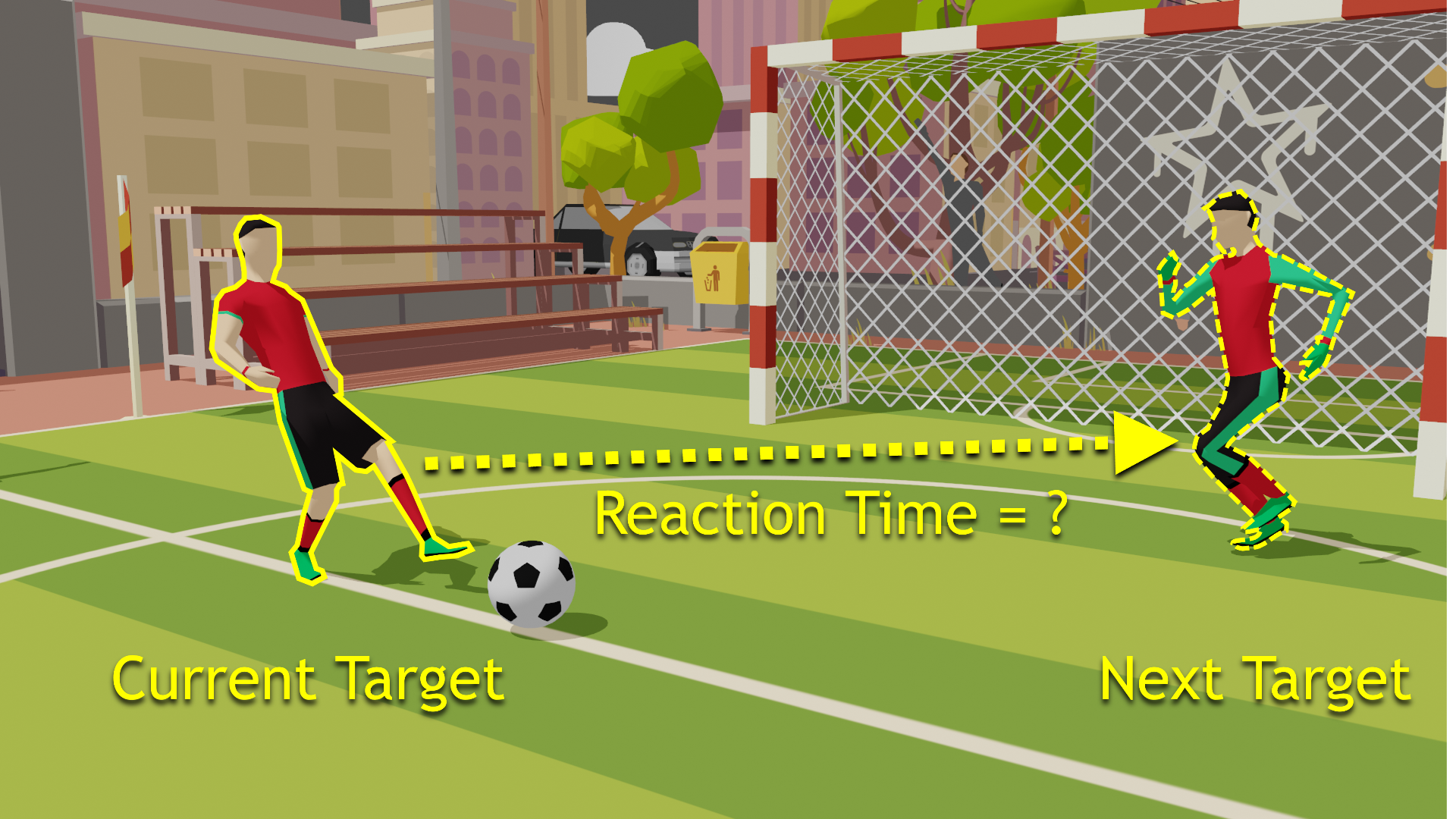Image Features Influence Reaction Time: A Learned Probabilistic Perceptual Model for Saccade Latency
Budmonde Duinkharjav, Praneeth Chakravarthula, Rachel Brown, Anjul Patney, Qi Sun
View presentation:2022-10-19T15:45:00ZGMT-0600Change your timezone on the schedule page
2022-10-19T15:45:00Z

Prerecorded Talk
The live footage of the talk, including the Q&A, can be viewed on the session page, SIGGRAPH Invited Talks.
Fast forward
Keywords
Virtual Reality, Augmented Reality, Visual Perception, Human Performance, Esports, Gaze-Contingent Rendering
Abstract
We aim to ask and answer an essential question "how quickly do we react after observing a displayed visual target?" To this end, we present psychophysical studies that characterize the remarkable disconnect between human saccadic behaviors and spatial visual acuity. Building on the results of our studies, we develop a perceptual model to predict temporal gaze behavior, particularly saccadic latency, as a function of the statistics of a displayed image. Specifically, we implement a neurologically-inspired probabilistic model that mimics the accumulation of confidence that leads to a perceptual decision. We validate our model with a series of objective measurements and user studies using an eye-tracked VR display. The results demonstrate that our model prediction is in statistical alignment with real-world human behavior. Further, we establish that many sub-threshold image modifications commonly introduced in graphics pipelines may significantly alter human reaction timing, even if the differences are visually undetectable. Finally, we show that our model can serve as a metric to predict and alter reaction latency of users in interactive computer graphics applications, thus may improve gaze-contingent rendering, design of virtual experiences, and player performance in e-sports. We illustrate this with two examples: estimating competition fairness in a video game with two different team colors, and tuning display viewing distance to minimize player reaction time.